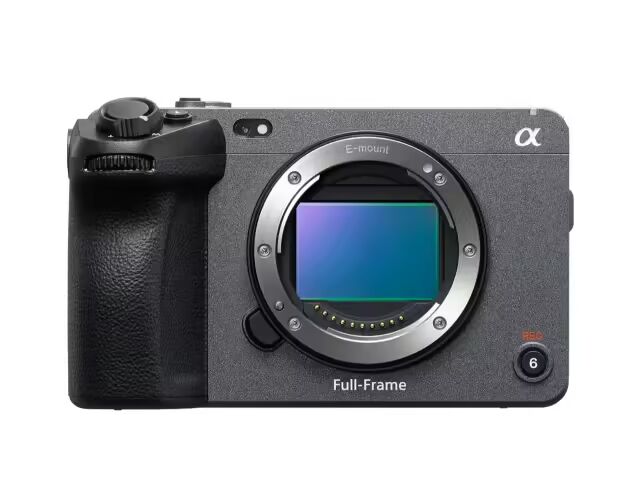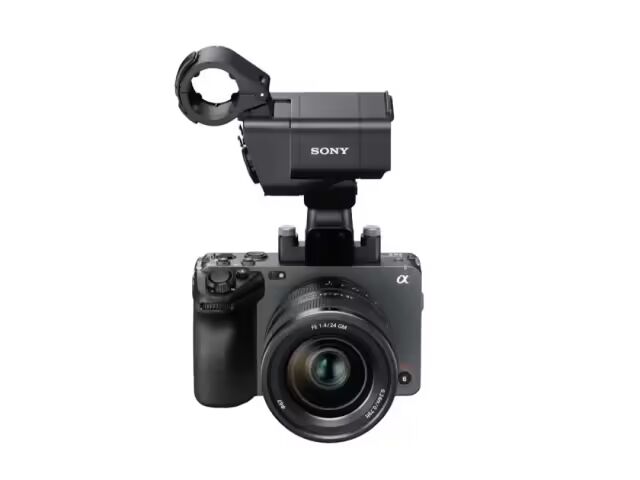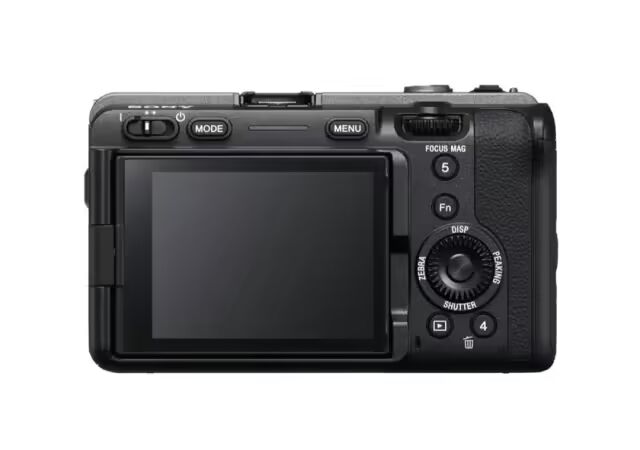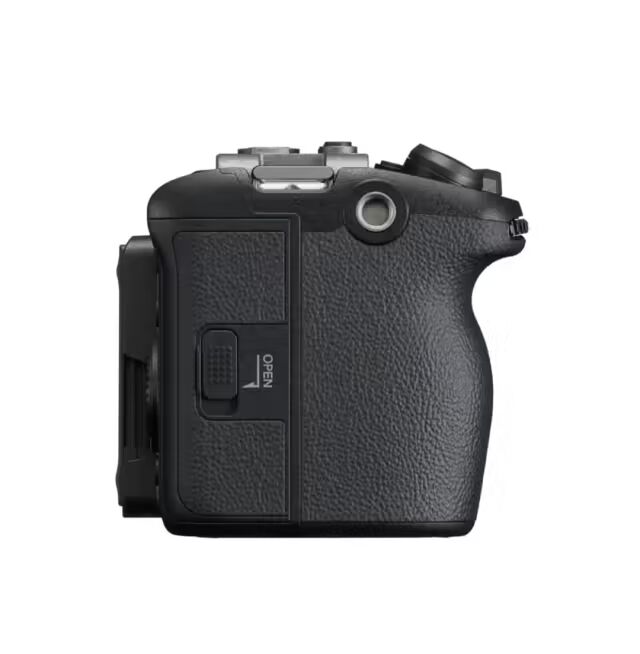Sony FX3A Cinema Camera: The “Subtraction Philosophy” Behind the Screen Upgrade
Sony recently launched the FX3A cinema camera, sparking industry discussions with its combination of “LCD screen resolution upgrade + function simplification.” This model is not a traditional iterative upgrade, but rather a precise “minimally invasive surgery” by Sony in response to supply chain fluctuations and changing user demands—maintaining product competitiveness through hardware tweaks while redefining device positioning through functional trade-offs.
1. Screen Upgrade: A Visual Revolution from “Adequate” to “Stunning”
The FX3A upgrades the LCD screen resolution from 1.44 million pixels to 2.36 million pixels, directly addressing the visibility shortcomings of the FX3 in bright environments. For outdoor shooters, this upgrade is a “must-have”: under midday sunlight, the high-resolution screen can clearly present the details of the subject, avoiding the need for reshoots due to screen glare or blurriness. Especially in wildlife photography, photographers can capture the subtle changes in a cheetah’s muscle lines or the dynamic textures of feathers when birds flap their wings, truly achieving “what you see is what you get.”
However, it is important to note that this upgrade does not change the screen size (still 3 inches), as Sony clearly chose to balance “portability” and “display quality.” For professional teams relying on external monitors, this change may have limited impact; but for solo creators, a clearer screen means a lower post-production rework rate, directly enhancing creative efficiency.
2. Function Simplification: Sony’s “Subtraction” Philosophy
The decision to remove NFC and infrared remote control components reveals Sony’s precise insight into the needs of “professional users”:
- The Disappearance of NFC: A “Pseudo-Demand” in Professional ScenariosIn film shooting, NFC is often used for quick metadata transfer or triggering presets, but in practice, professional teams rely more on wired connections or Wi-Fi transmission. Sony’s move not only reduces hardware costs but also avoids the risk of shooting interruptions due to wireless protocol compatibility issues.
- The Exit of Infrared Remote Control: An Inevitable Shift to Bluetooth EraAs Sony’s entire product line shifts to Bluetooth remote control, the removal of the infrared module marks an acceleration of technological iteration. Although some long-time users may miss the “zero-latency” experience of infrared remote control, the multi-device connectivity capabilities brought by Bluetooth 5.0 clearly align better with current team collaboration needs.
3. Reconstructing Positioning: From “All-Rounder” to “Precision Tool”
The upgrade logic of the FX3A implies Sony’s deep reflection on the cinema camera market:
- “Alternative Solutions” Under Supply Chain PressureIt is rumored that the LCD panel of the FX3 faces supply risks due to discontinuation. Sony chose to launch the FX3A instead of directly discontinuing the product, maintaining the integrity of the product line while extending the device’s lifecycle through hardware tweaks. This “small steps, fast running” strategy is textbook-level response in the current context of chip shortages and rising component prices.
- The Subtle Downward Adjustment of Price AnchorAlthough Sony has not yet announced the price of the FX3A, referencing the FX3’s price of approximately $3899, the new model is likely to remain in a similar range. Through screen upgrades and function simplification, Sony provides a “high cost-performance option” for budget-conscious professional users while also reserving price space for the upcoming FX3 II (if it exists).
4. User Profile: Who is Buying the FX3A?
- Independent Filmmakers: Need lightweight equipment to complete solo shooting tasks, and the high-resolution screen can reduce post-production color correction errors.
- Documentary Teams: Often work in extreme environments, and the removal of infrared remote control actually reduces the risk of equipment failure.
- Budget-Sensitive Studios: Obtain core performance similar to FX3 at a lower cost while avoiding redundant features.
5. Controversies and Concerns: Is Sony’s “Surgical Precision” Accurate?
- Controversy: Some users believe that removing NFC and infrared remote control, while reducing hardware costs, may affect the device’s expandability in specific scenarios.
- Concerns: If Sony continues to double down on “function simplification” in the future, will it weaken the brand’s professionalism?
Conclusion: Sony’s “Restraint” and “Ambition”
The launch of the FX3A is essentially a precise game between Sony’s “technological innovation” and “cost control.” It is neither a revolutionary product nor a compromise, but more like a “surgical knife”—through localized optimization, it not only extends the market vitality of the FX3 but also paves the way for the next generation of products. For users, choosing the FX3A is essentially choosing a consumption philosophy of “paying for professional needs”: in an era of excessive functionality, precisely meeting core needs may be the most efficient way to create.
Disclaimer: Respecting originality, the content and images contained herein are for the purpose of public dissemination. Due to the use of non-original content, it is impossible to contact copyright holders one by one. This is purely for learning and sharing purposes, and if the copyright owner believes this reprint is inappropriate, please contact us for deletion. All rights reserved, please indicate the source when reprinting.
